Professor Associado na Universidade Federal do ABC (UFABC). Obteve bacharelado, mestrado e doutorado em Física pela Universidade Estadual de Campinas (1989-2001), incluindo período sanduíche no Centro Atómico Bariloche (Argentina) com bolsas FAPESP. Realizou pós-doutorados no Ames National Laboratory/Iowa State University (2001-2003) com bolsa do United States Department of Energy (USDOE) e na Hiroshima University (2003-2008) com bolsa da Japan Society for Promotion of Science (JSPS). Foi coordenador e vice-coordenador do Programa de Pós-Graduação em Fïsica da UFABC (2016-2024), vice-coordenador e coordenador da Agência de Inovação da UFABC (2010-2014), membro do Conselho Superior de Ensino, Pesquisa e Extensão (ConsEPE), Conselho do Centro de Ciências Naturais e Humanas (ConsCCNH) e do Colegiado do Programa de Pós-Graduação em Física (PPG-Fïsica). Atual membro do Conselho Curador do Instituto Principia, do Conselho Técnico Científico da Assessoria de Relações Internacionais da UFABC, e representante docente no Colegiado do Programa de Pós-Graduação em Fïsica. É fundador e líder do Grupo de Materiais Quânticos (GMQ) focado em Física da Matéria Condensada Experimental, com ênfase nos Estados Quânticos Emergentes em Materiais Avançados: descoberta e desenvolvimento de novos materiais exibindo elétrons fortemente correlacionados, termoeletricidade, magnetismo, supercondutividade, criticalidade quântica e topologia não-trivial. Já contribuiu mais de 30 novos materiais para a ciência, com propriedades e perspectivas de aplicações diversas.






